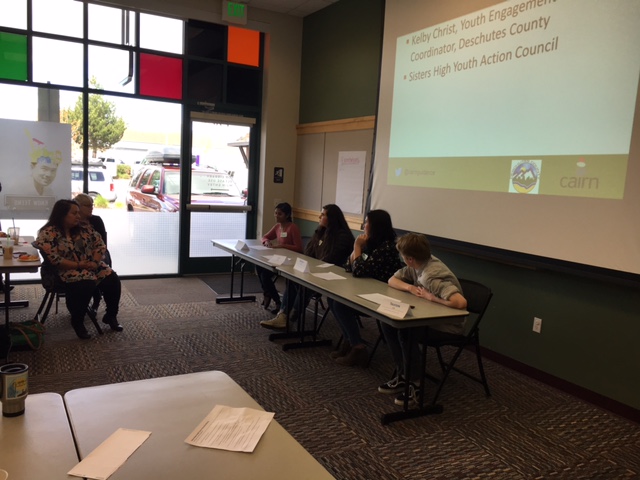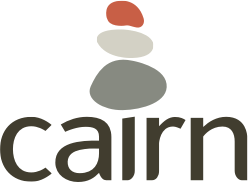
By Liz Thorne
Last week I had the pleasure to facilitate a school based health center partnership meeting in Deschutes County (central Oregon). County organizers wanted to focus on youth engagement and have young people be involved in the meeting. Partners from county public health, SBHC clinics, health systems, dental providers, mental health providers and the school districts were all in attendance. Members from the Sisters High School Youth Action Council (YAC) sat on an expert panel and discussed how SBHCs have impacted their lives, the health issues facing young people, and the personal impact of being engaged on council. The youth helped me facilitate parts of the meeting and provided honest and insightful commentary on how to better leverage SBHCS and engage young people. Not surprisingly, the youth were consistently listed as the best part of the meeting in evaluations!
The day included conversations about organizational readiness and what it takes to institutionalize youth engagement in an authentic way (read: not just having a youth panel at an annual meeting!). Based in best practice, we know that the structure and values of an organization have to clearly prioritize youth/adult partnerships. So, what does that look like?
· Clear roles and responsibilities for young people. With a variety of ways to be engaged (think communications and outreach, research, advocacy).
· Clear recruitment and sustainability plans.
· Resource dedication (time, funds, physical space).
· Support and training for adults and young people.
· Leadership buy-in.
Leadership buy-in was consistently cited as a challenge to doing this work. How can we build leadership buy in? Here are some suggestions on how to create leadership to effectively engage youth:
· Connect youth engagement to organizational accountability measures. Effective youth/adult partnerships lead to an increased sense of belonging and connection. Sense of belonging is consistently related to attendance at school, grades and likelihood of graduating.
· Look for a way to stick a toe in. Deschutes County Public Health is in the process of making the Youth Action Council a class for credit during the school day at one high school. Students would have an opportunity during this class to work on and implement a Youth Participatory Action Research curriculum. I have had the opportunity to experience this in other schools that require a service-learning project. It is an effective way to start to build youth/adult partnerships into the system.
· Find a champion. Maybe it’s a parent. A young person. A supportive principal. Who will be the best messenger? Who will be a strong connector? Sometimes, it ain’t you.
What are other examples of how you have successfully built youth partnership into what your organization does? What was the tipping point? I’d love to hear more success stories from across the country and share them out! You can contact me at: liz@cairnguidance.com

Leave a Reply